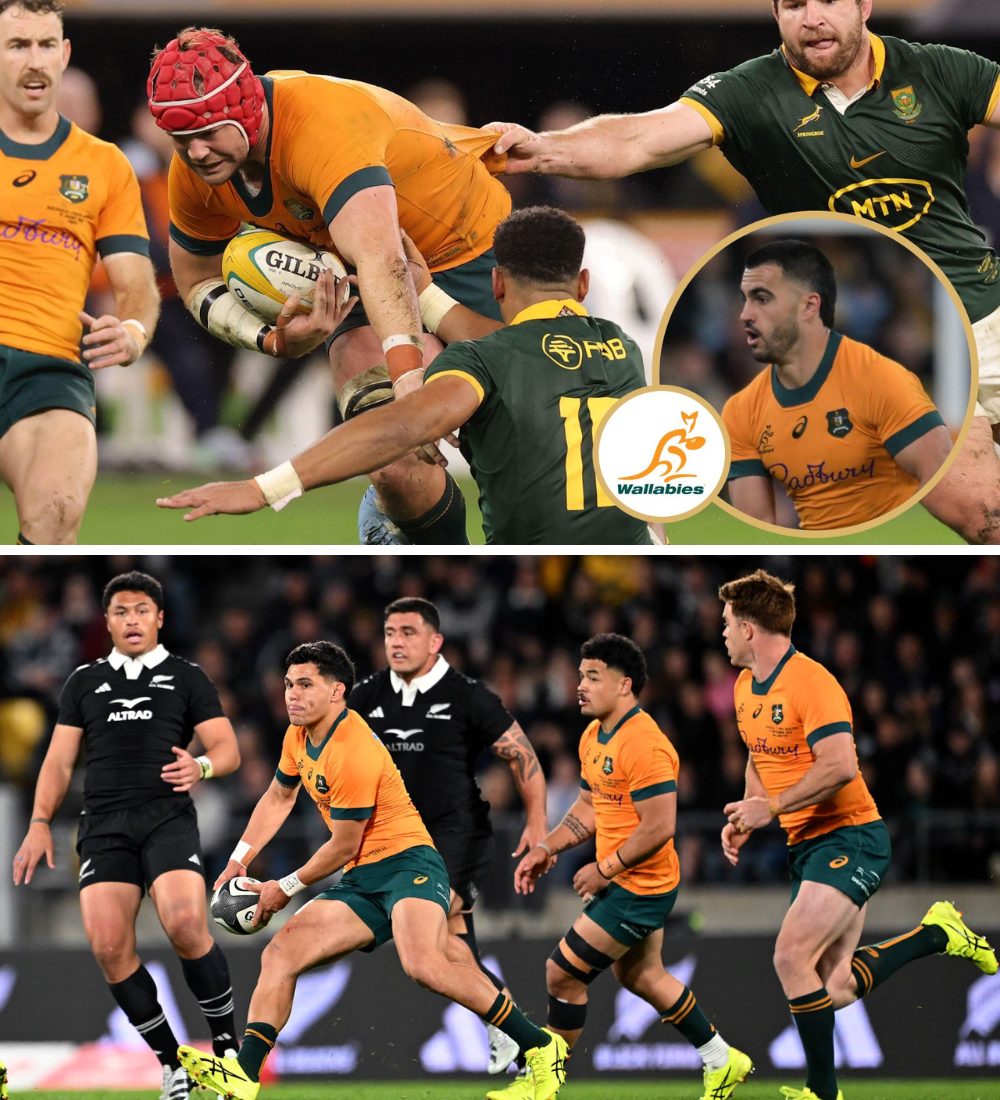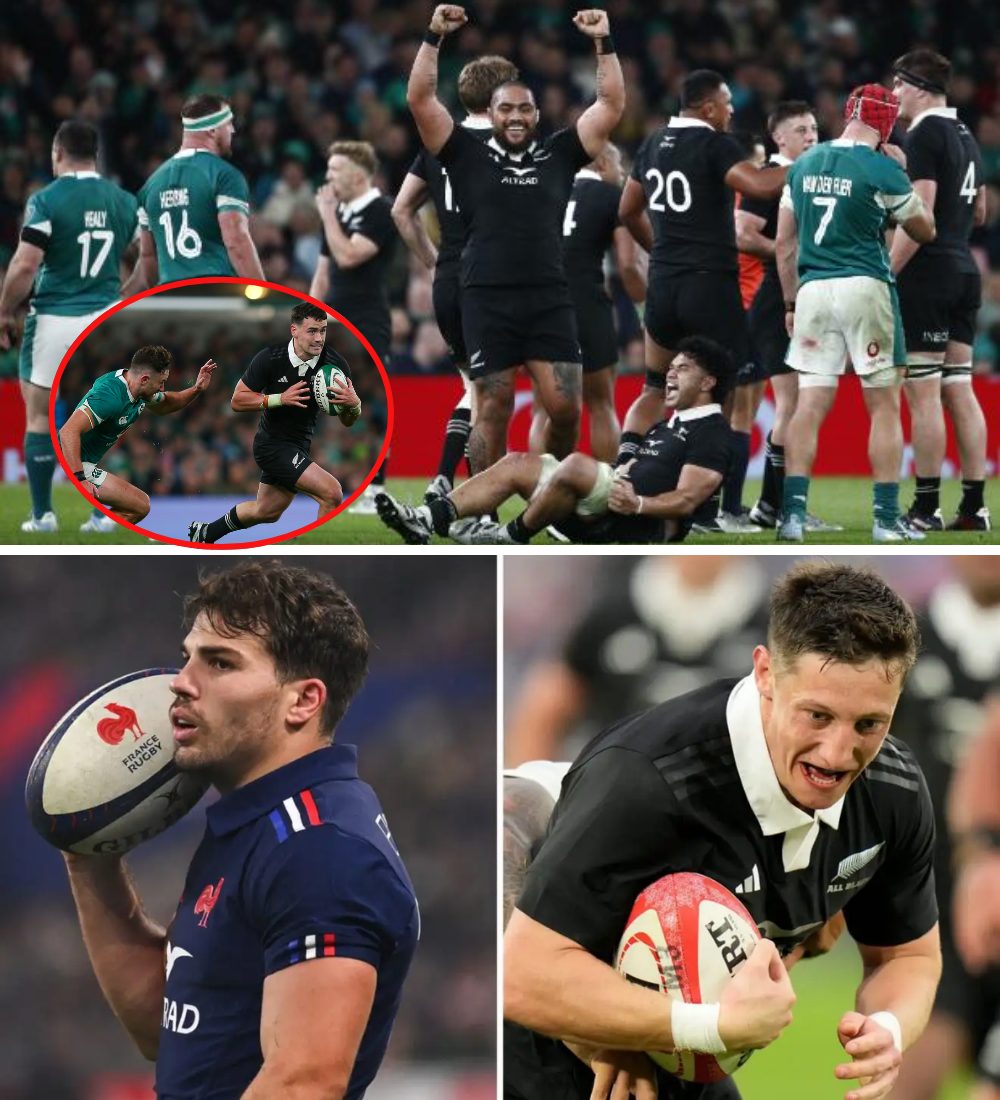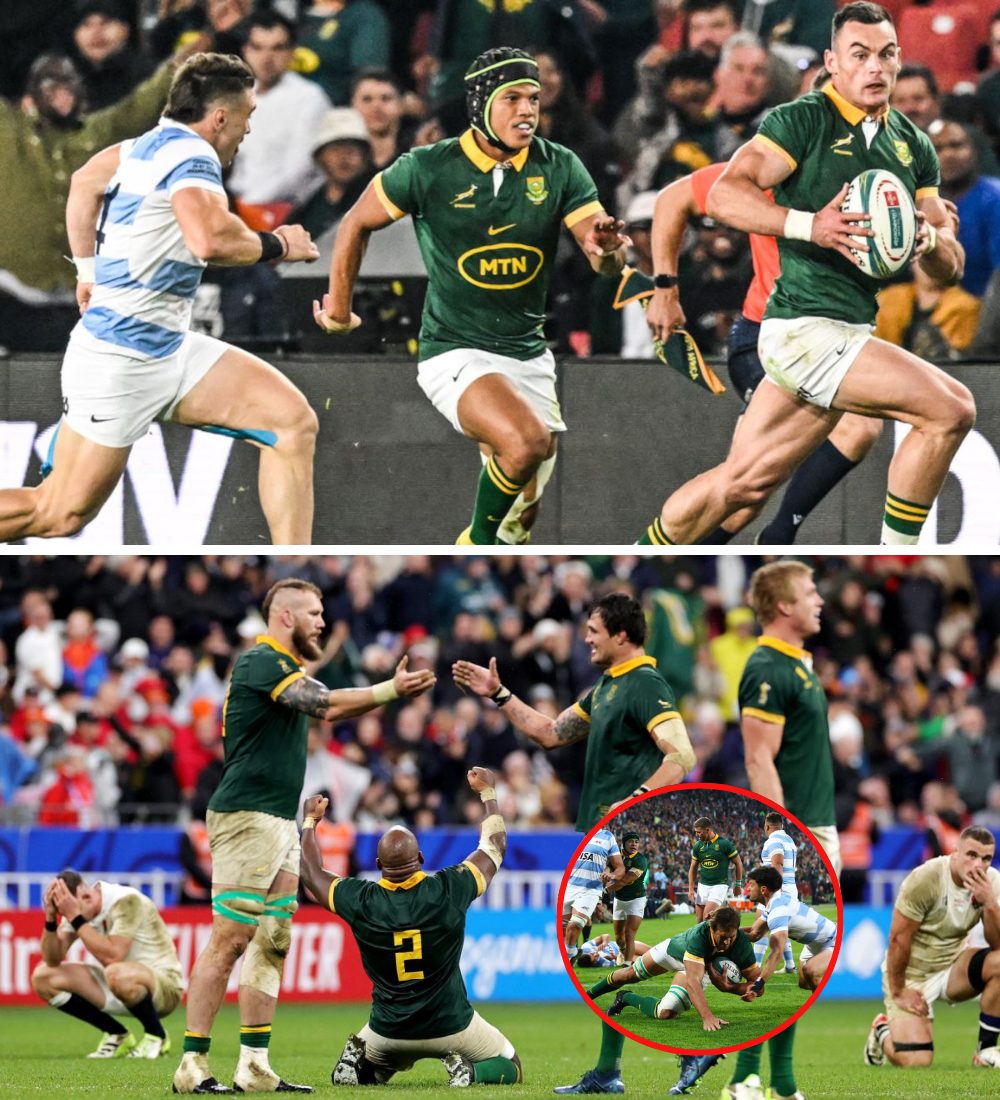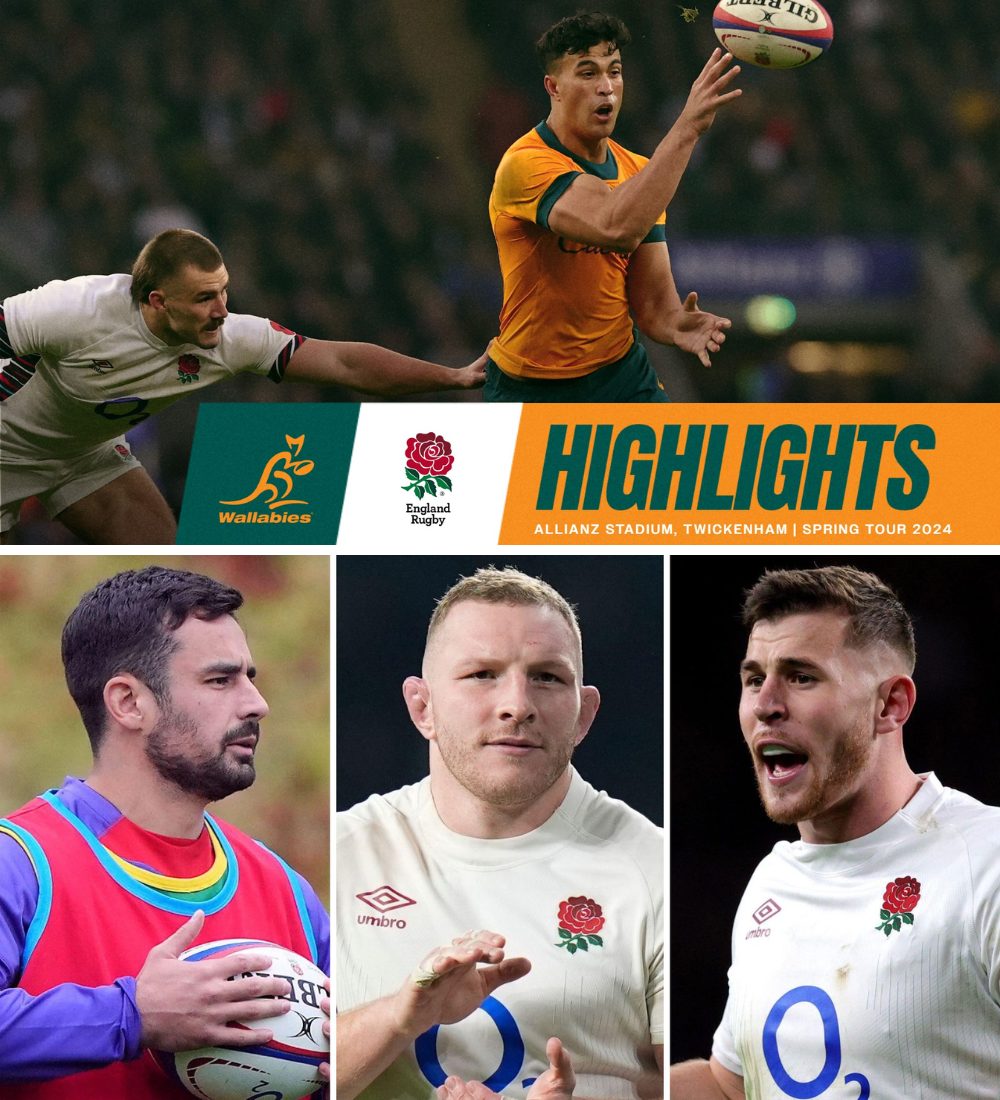How might Ohtani’s bat age during his next contract?
There has never been a player like Shohei Ohtani.
Any effort to compare Ohtani to other stars must begin there. Even Babe Ruth is far from an apples-to-apples counterpart.
But given Ohtani’s current status as one of the most-hyped free agents in Major League history, it’s still worth looking back at baseball’s rich history for hints about the two-way star’s future. And since Ohtani won’t pitch in 2024 after undergoing right elbow surgery, we can, for now, zero in on his path forward at the plate.
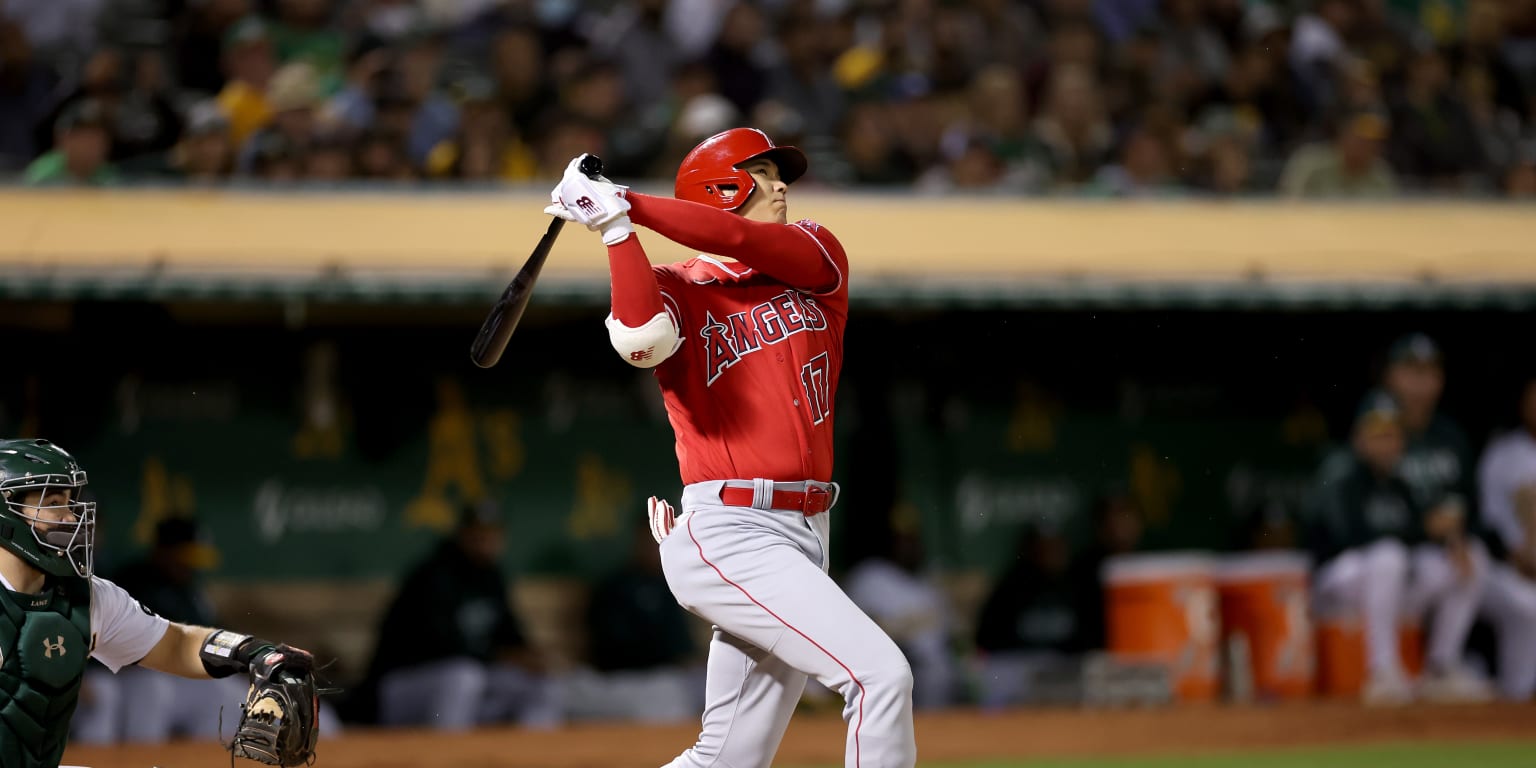
As we’ll discuss, even that has complications, beyond the basic fact that every player is different and baseball is wildly unpredictable. Still, let’s take our best shot by finding some historical comps for Ohtani the hitter at this point in his career and then evaluating how they fared afterward.
The player pool
What we’re looking for here are hitters who put forth a similar performance in their age 26-28 seasons as Ohtani did from 2021-23. Given that Ohtani struggled mightily during the Covid-shortened 2020 campaign, then made a huge improvement afterward, that is the most sensible cutoff point.
Here are some key Ohtani offensive stats from those three seasons:
- 447 games
- 1,904 plate appearances
- .277/.379/.585 slash line
- 161 OPS+
- 124 HR
- 57 SB
The next step was to look for comps, prioritizing overall production (OPS+) and power (HR), as well as speed (SB). (It would seem inappropriate to include plodding sluggers in the pool — we want some athletic players here.) Given those parameters, there obviously are not many matches.
Going back to integration in 1947, Ohtani is just the 20th hitter to post at least a 140 OPS+ (100 is league average), 90 home runs and 30 stolen bases from ages 26-28. We narrowed that down to the 12 players whose numbers were the best match for Ohtani. Among the cuts from that pool were Barry Bonds and Mike Trout, whose OPS+ figures were actually far too high to pair with Ohtani, as well as Christian Yelich, who is still too early in his career to judge.
The dozen players remaining are (in reverse chronological order of their age 26-28 seasons): Ryan Braun (2010-12), Alex Rodriguez (2002-04), Vladimir Guerrero (2001-03), Chipper Jones (1998-2000), Ken Griffey Jr. (1996-98), Jeff Bagwell (1994-96), Albert Belle (1993-95), Dale Murphy (1982-84), Hank Aaron (1960-62), Mickey Mantle (1958-60), Willie Mays (1957-59) and Duke Snider (1953-55).
Right off the bat: That is quite an impressive list of names. Eight of the 12 are in the Hall of Fame, and that would be nine of 12 if not for Rodriguez’s case being weighed down by a PED-related suspension.
But let’s go a little deeper and look at how those players fared after age 28. Given the length of contract Ohtani is generally expected to command, we’ll go with a 10-year time frame and break those dozen hitters up into four general categories.
The dream scenario: Hank Aaron (162 OPS+ from age 29-38), Willie Mays (159)
Not much needs to be said here. It would be awfully difficult to construct a list of the five greatest players in Major League history without Aaron and Mays present, and that’s not just because they were tremendous in their 20s but also because they were tremendous in their 30s — a much tougher task.
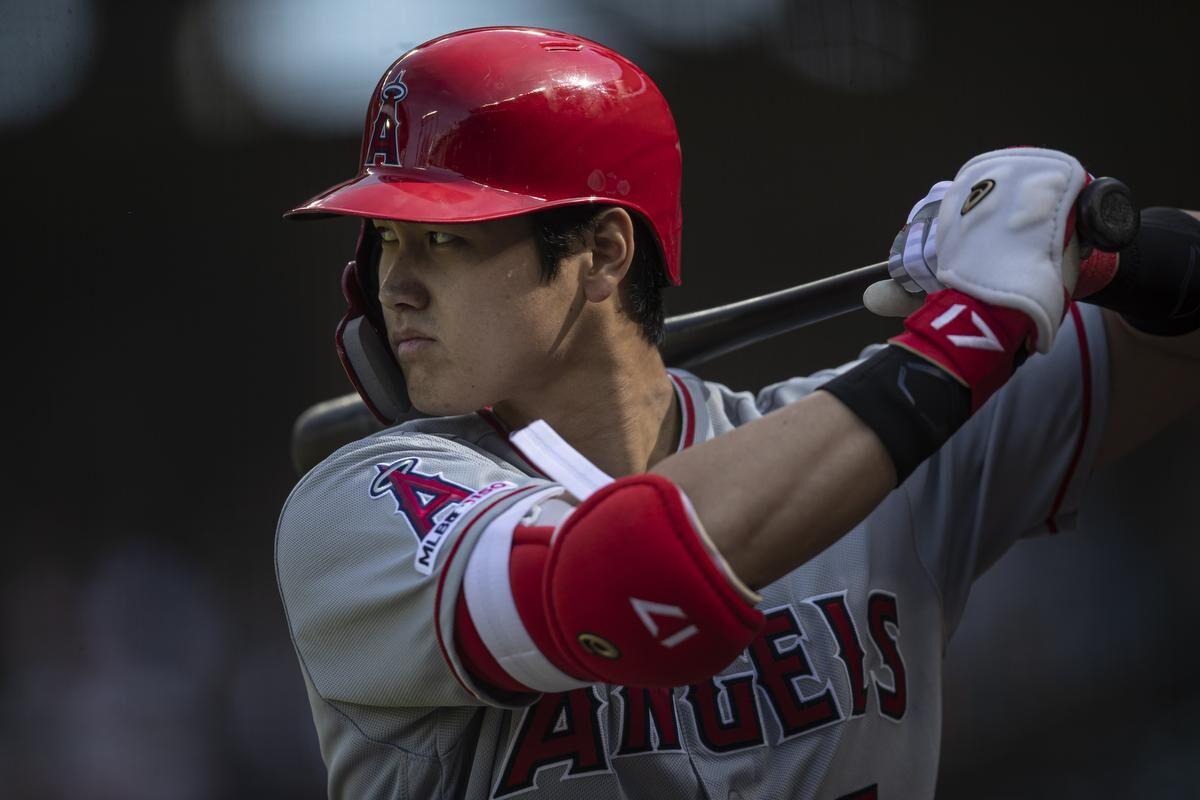
This would be an almost impossible standard for Ohtani to meet, but then again, he already has accomplished things that seemed impossible before he arrived.
The very good scenario: Mickey Mantle (172 OPS+ from age 29-38), Chipper Jones (146), Jeff Bagwell (144), Alex Rodriguez (142)
If Ohtani replicates what any of these players produced over those 10 seasons, his next team should be quite pleased with its investment.
Mantle wore down physically as he aged, missing some time and retiring after his age-36 season, so he accrued less than half as many plate appearances as Aaron during that 29-38 window. Still, he hit at such a high level when available — including a 194 OPS+ from ages 29-32 — that the overall outcome has to be considered a rousing success.
The other three, who were roughly contemporaries in the 1990s and 2000s, all experienced some decline at the tail end of their careers. (Rodriguez missed his age-38 season due to suspension, and Bagwell retired after an injury-plagued age-37 campaign.) But each remained a potent slugger for nearly all of that 10-season span.
The mixed-bag scenario: Albert Belle (140 OPS+ from age 29-38), Duke Snider (135), Vladimir Guerrero (133), Ken Griffey Jr. (124), Dale Murphy (117)
Each of these players enjoyed some good times and at least a couple of big seasons after age 28. Belle, Griffey and Snider all produced multiple 40-homer seasons, and Murphy came close. Guerrero won an AL MVP Award and finished third in two other years.
But each also fell on hard times, mostly due to injuries. A degenerative hip condition ended Belle’s career after his age-33 season. Snider averaged roughly 300 plate appearances a year after age 30 and retired after his age-37 campaign. Guerrero was only a little above average with the bat after age 33 and last played at 36. Griffey battled constant physical issues in his 30s and enjoyed his last standout offensive season at 35. Murphy was a below-average hitter after age 31.
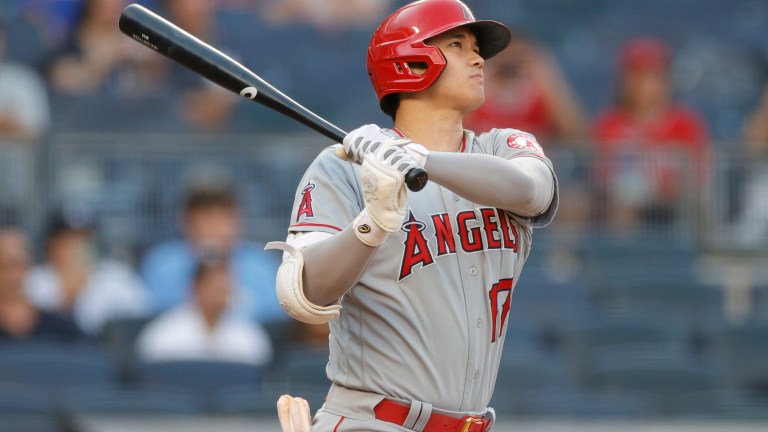
The main lesson here: Father Time is undefeated.
The disappointing scenario: Ryan Braun (120 OPS+ from age 29-38)
Braun was the NL MVP at age 27 and the runner-up at 28, leading the NL in OPS in both seasons. But he played just 61 games the next season due to a PED-related suspension and never again approached the same level of success. Braun did remain an above-average hitter over the rest of his career (ages 29-36), but had just two seasons with better than a 116 OPS+ in more than 61 games.
Overall: That’s half of our 12-man field that would qualify as clear successes and half that would probably be categorized as question marks, at best, given the sort of contract Ohtani figures to land. It’s hard to imagine that Ohtani won’t give his next club at least a few strong seasons with the bat, but the real question is whether he holds up well enough physically to continue doing damage into at least his mid-30s.
The positional question
Ordinarily, this sort of exercise might focus on players who share a position with the free agent in question. But that’s tricky with Ohtani.
Because of his exploits on the mound, Ohtani is limited to DH. That, in turn, holds down the WAR totals he can produce as a position player, since WAR includes a positional adjustment that penalizes DHs most harshly. Conversely, that 12-player pool includes five who were primarily center fielders and none who spent significant time at DH in their younger years.
Of course, the difference between Ohtani and your typical DH is that Ohtani is not stuck there because he either can’t capably man a position or can’t stay healthy enough to be in the field. Ohtani spent some time in the corner outfield back in Japan — he also logged 8 1/3 innings out there for the Angels in 2021 — and given his athleticism and adaptability, there is little doubt he could play at least a solid right field in MLB in the event his time on the mound comes to an end. (Should the health of Ohtani’s arm be an issue, perhaps he could follow the lead of Bryce Harper and play first base instead.)
And then there’s Ohtani’s pitching, which is a whole separate conversation. Suffice to say, the status of the right-hander’s elbow as he works his way back from a second major operation makes that part of his future much more difficult to project than his bat.
Crucially, though, it also gives him another avenue through which he could add significant value to his team in 2025 and beyond. If Ohtani ends up somewhere in the middle of that group of hitters but also throws in at least a few more 3-6 WAR seasons on the mound — he averaged 4.8 from 2021-23 — we’re once again talking about a player who could back up every bit of a record-breaking contract.

